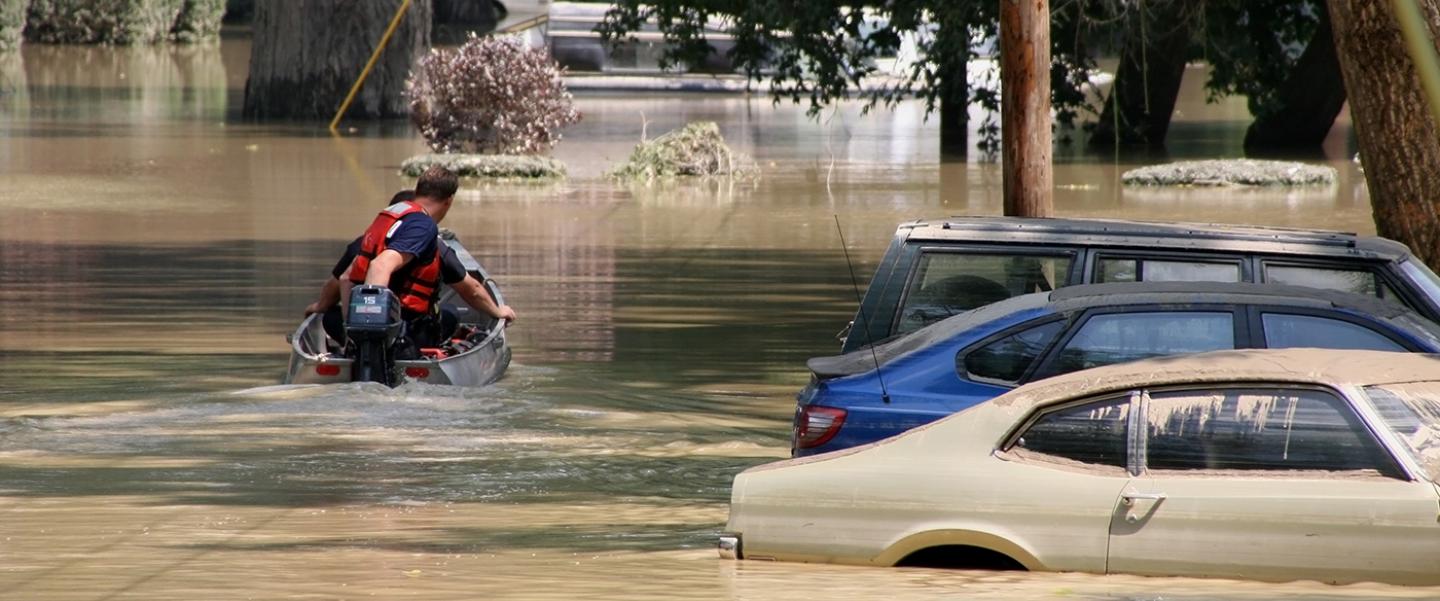HIGHLIGHTS
- The U.S. Army Corps of Engineers needs effective and cost-efficient risk assessment tools.
- Abt’s National Flood Risk Characterization Tool (NFRCT) addressed this need.
- The tool enables users to visualize the flood-risk metrics on a map-based interface.
The Challenge
Extreme weather volatility has increased the need for more effective and cost-efficient risk assessment tools. The U.S. Army Corps of Engineers worked with Abt to address this challenge, developing a risk-assessment tool to assess flood risk and evaluate factors such as potential for asset damage, risks to residents, exposure of emergency response infrastructure, and vulnerability metrics. |
The Approach
Abt’s National Flood Risk Characterization Tool (NFRCT) provides measures of relative risk and informs Corps decisions about investment priorities. Abt based the tool on innovative methods for using the Federal Emergency Management Agency’s flood zone mapping and the National Elevation Dataset to estimate flood depths in 100-year and 500-year flood zones. The tool aggregates results and displays them by levels of watersheds and by Corps districts and counties. |
The Results
The tool enables users to visualize the flood-risk metrics on a map-based interface that includes several screening and ranking tools. Users can open detailed reports that show results for up to four watersheds at a time. A second of phase of tool development involved integration of Corps project information to enable National Flood Risk Management Program staff to use relative-risk information from the tool to make decisions about the Corps’ budget and spending priorities. |
